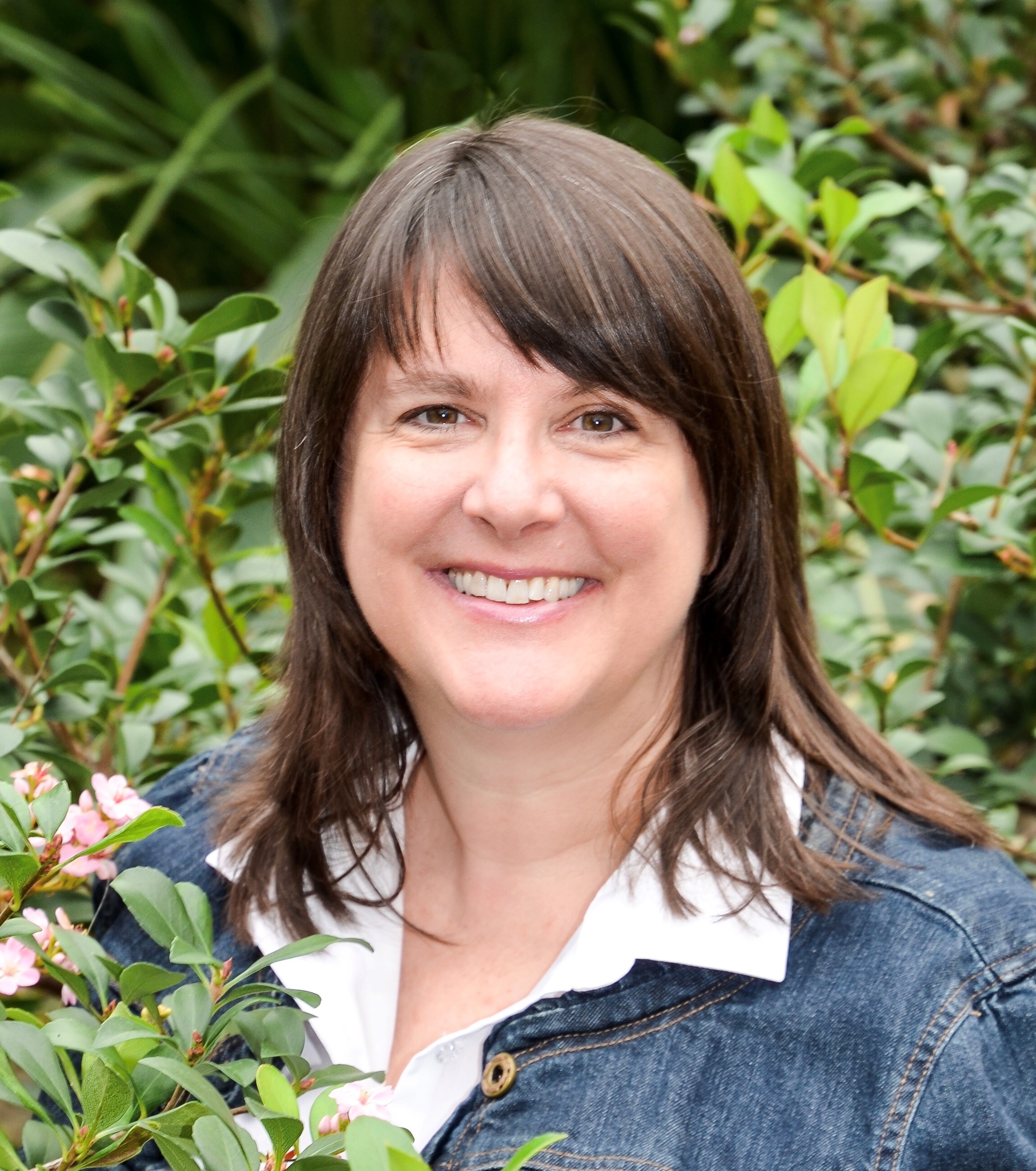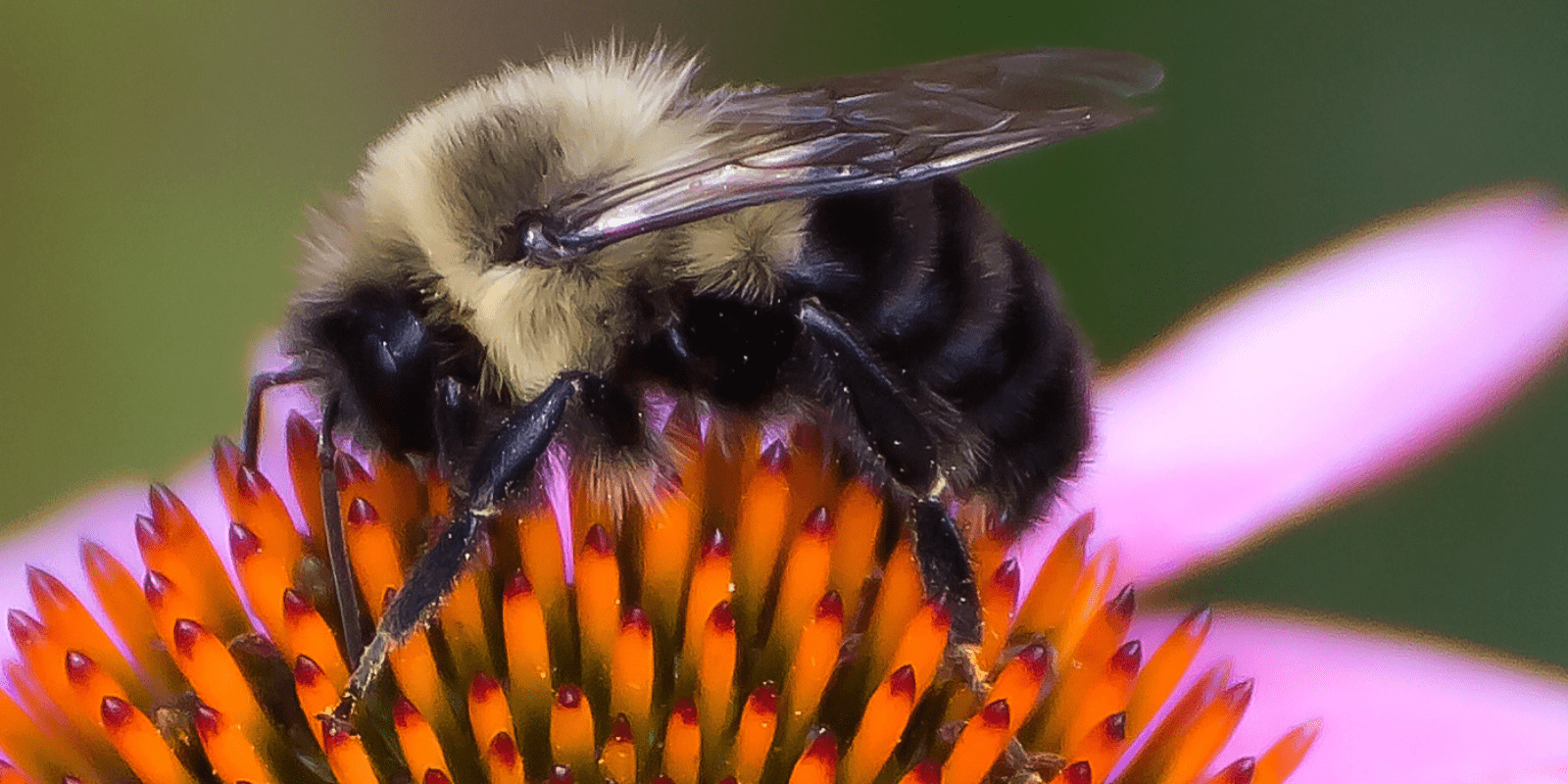The National Wildlife Federation is proud to announce that 1,040,000 gardens have successfully been registered under the Million Pollinator Garden Challenge (MPGC) 2015-2018. We helped launch the Challenge and co-founded … Read more
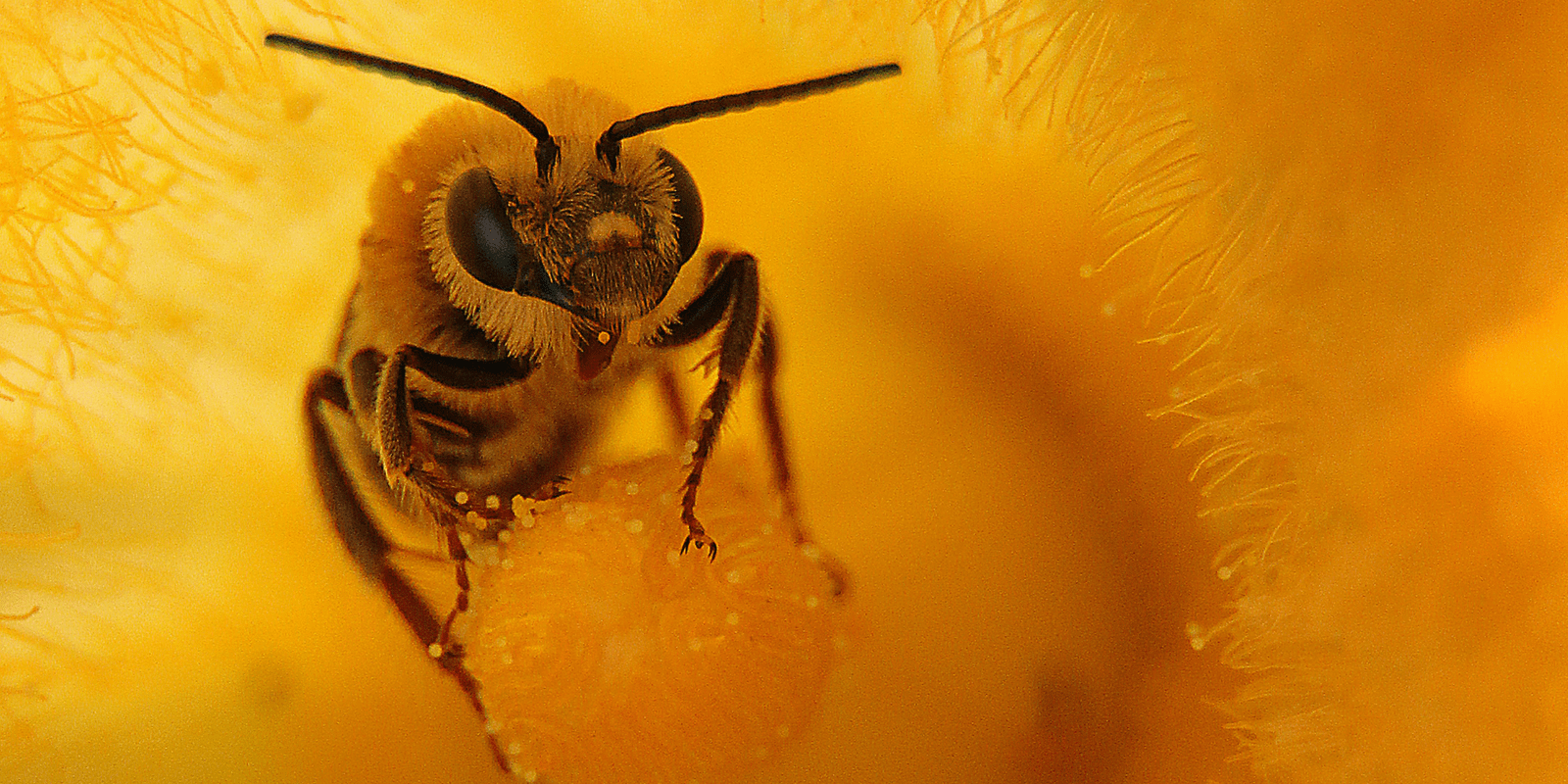
Edible Gardens: A Win-Win for Pollinators and People
Gardeners who include plants for bees, butterflies, hummingbirds, and other pollinators not only offer important habitat for these species, they often enjoy a greater fruit and vegetable bounty come harvest-time. … Read more
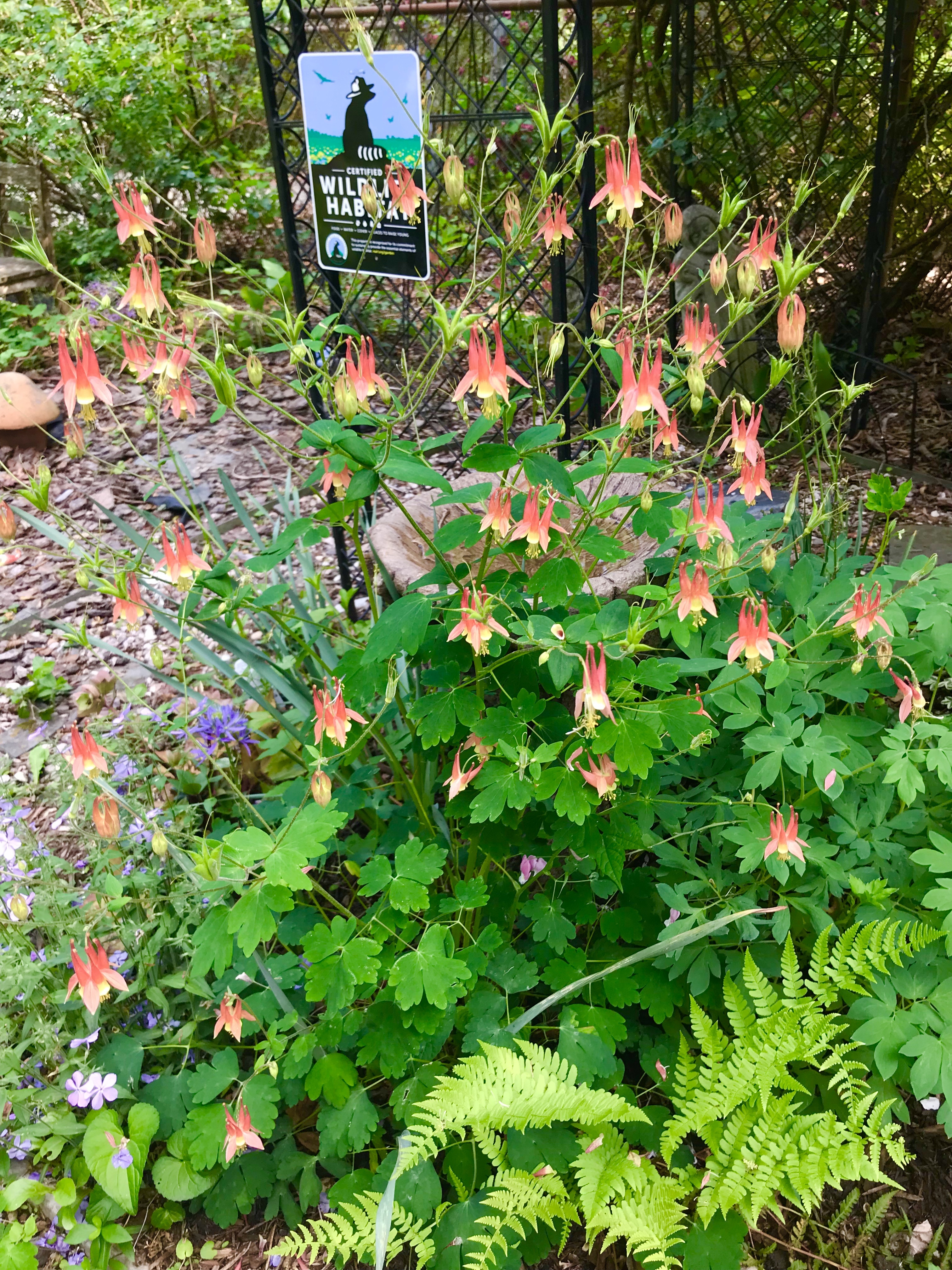
Habitats Can Help Reach a Million Pollinator Gardens!
Three years ago the National Pollinator Garden Network put out a call to all Americans to help save declining pollinators and participate in the Million Pollinator Garden Challenge by planting … Read more
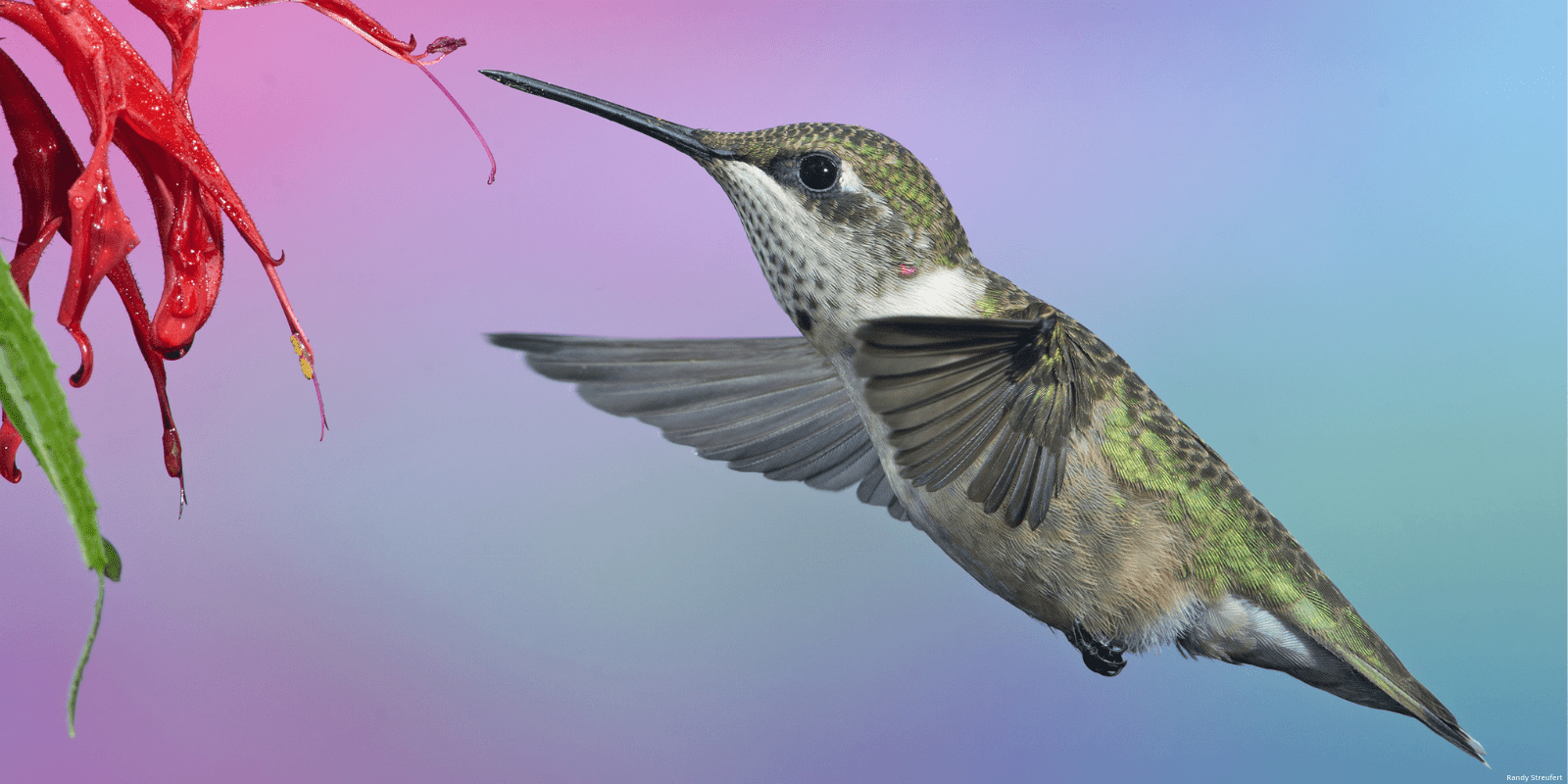
Wildlife Gardeners’ Share Habitat on GrowIt! The Plant Community
Increasingly wildlife gardeners are sharing pictures of their garden habitats on social media to celebrate their efforts to help birds, butterflies and other local wildlife, and to learn from each … Read more
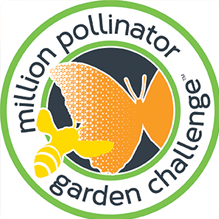
Build the Buzz beyond the Big Apple with #PolliNATION
On June, 22, 2017, we highlighted the need to help bees and other pollinators when National Wildlife Federation leadership joined Shark Tank host Daymond John at the Empire State Building … Read more

Create an Enchanted Wildlife Garden
Our children have the ability to connect with nature through individual exploration and imagination in our Certified Wildlife Habitat. I often enjoy watching my children playing outdoors and seeing what … Read more
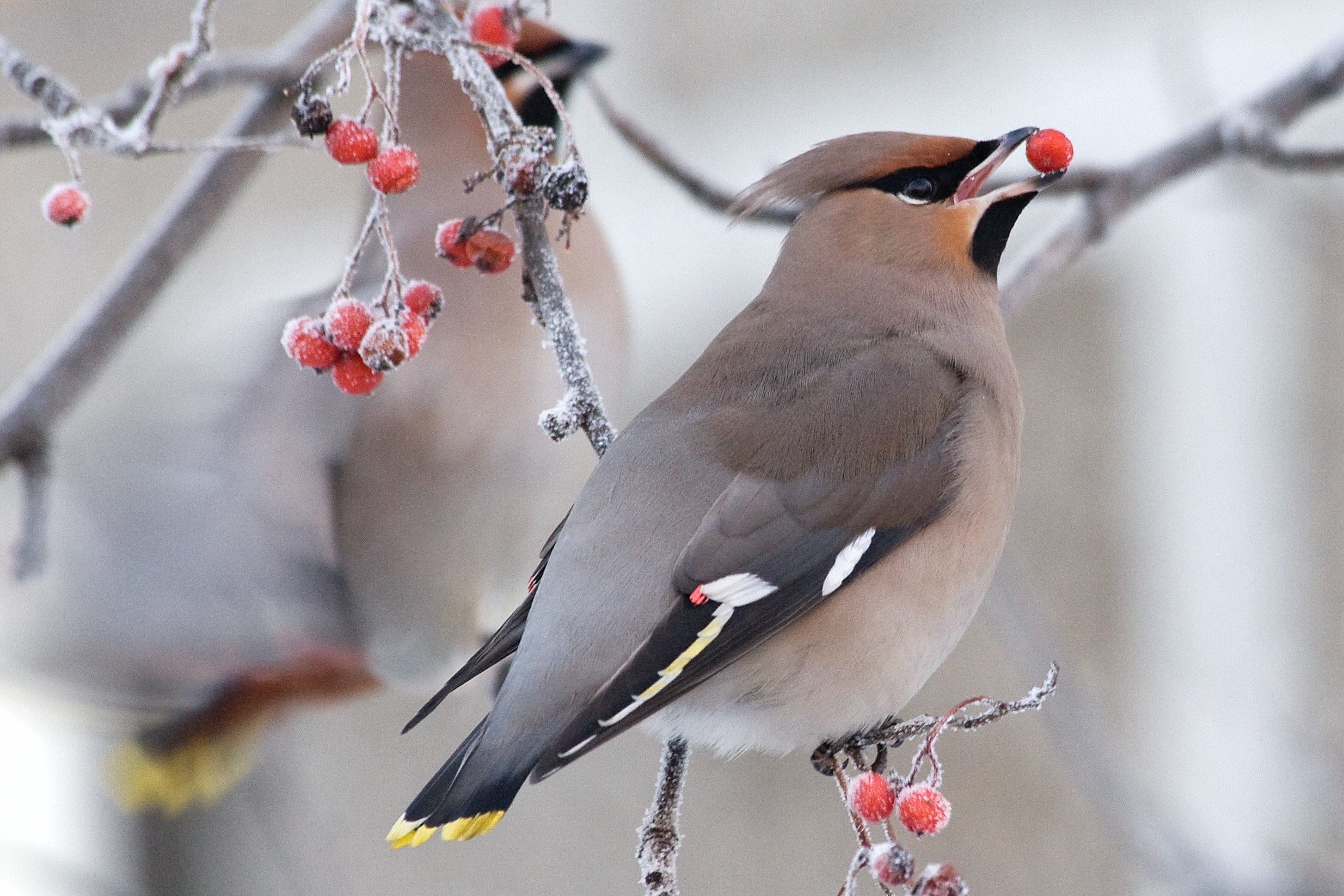
Winter Berries for Birds
Food is one of the four essential elements for wildlife habitat, and berry-producing shrubs are one of the best food sources for birds, particularly in the winter when other food … Read more
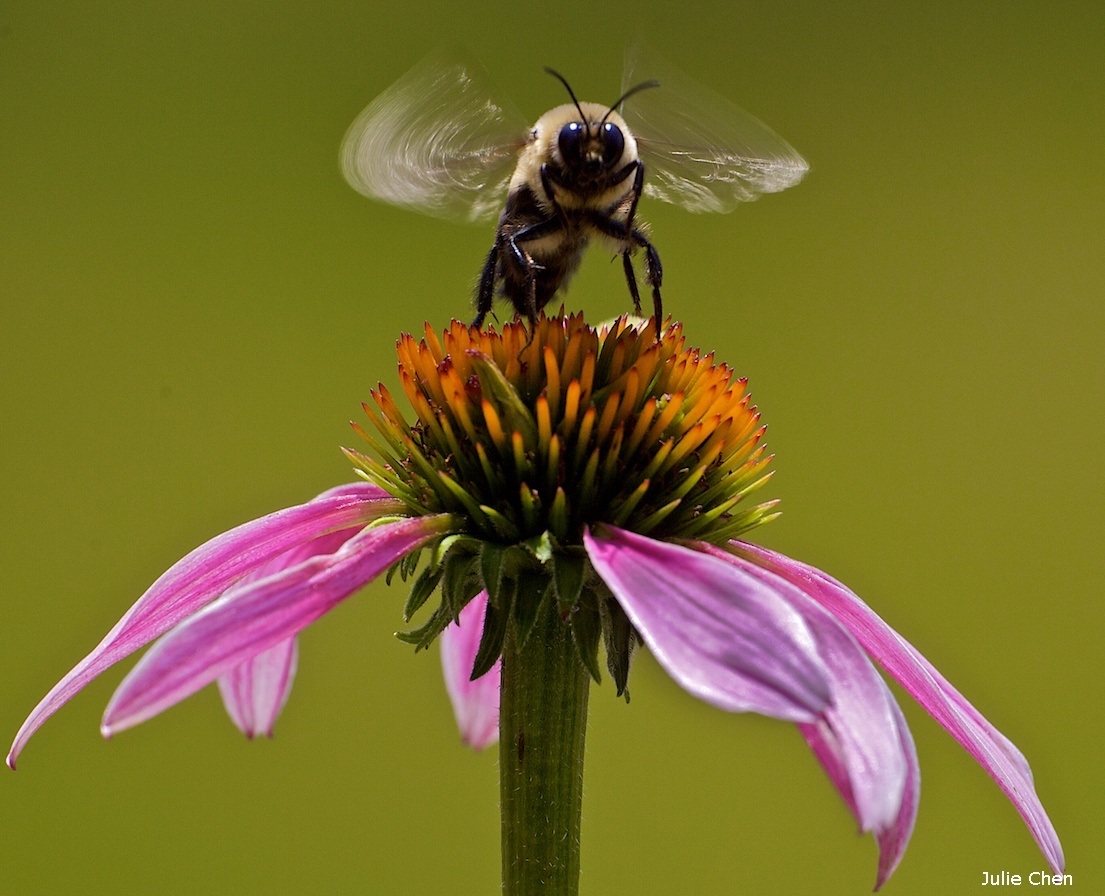
Support President’s Obama’s Call to Action to Protect Bees and other Pollinators—Plant a Wildlife Garden!
National Wildlife Federation was pleased to see the White House take steps last week to address the recent decline in pollinator numbers and bring populations back up to healthy levels. … Read more

